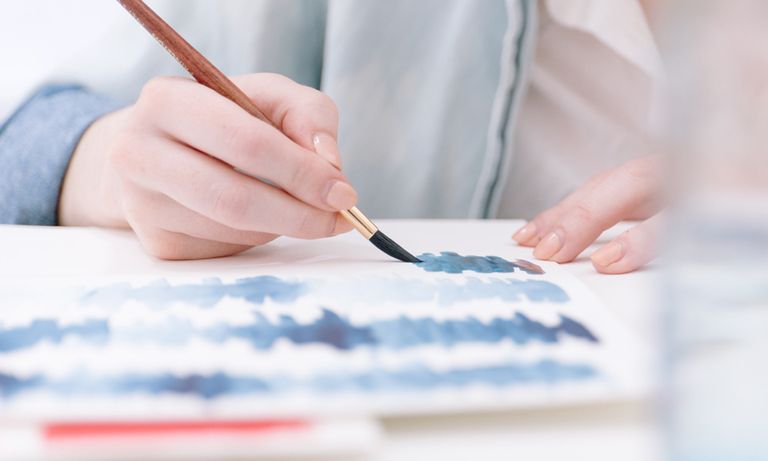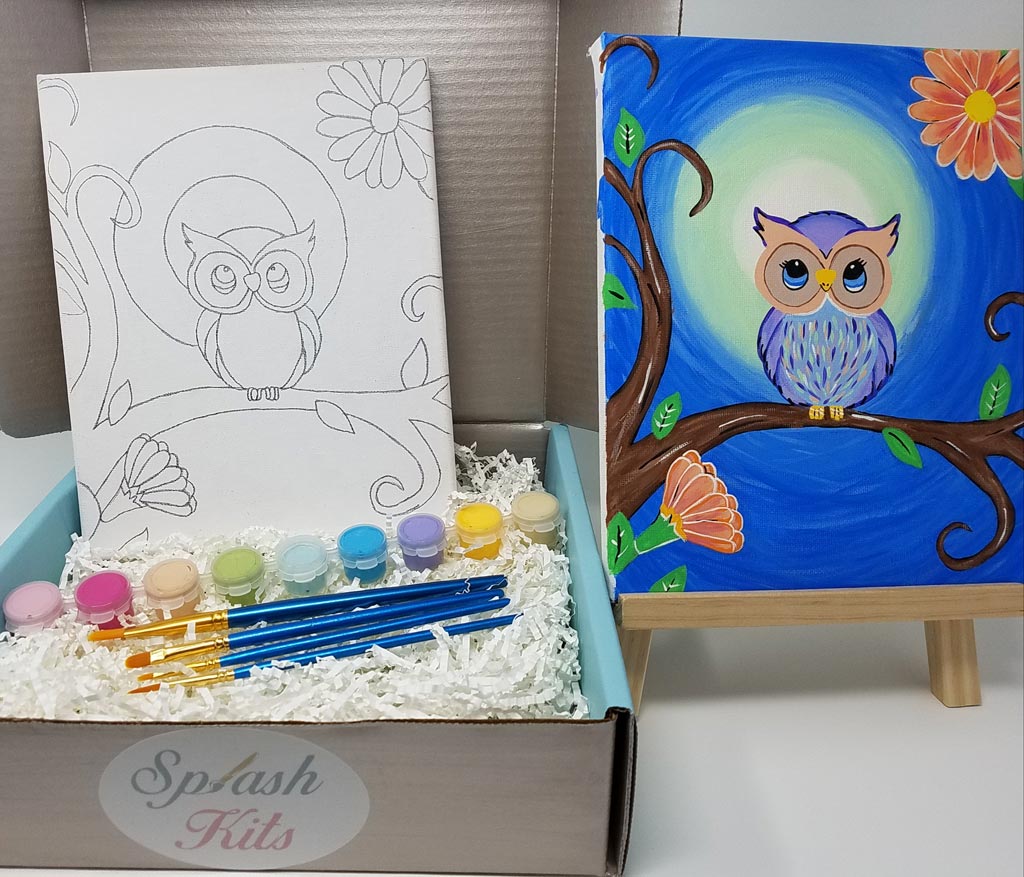With enthusiasm, let’s navigate through the intriguing topic related to Let’s Unleash Your Inner Artist! A Beginner’s Guide to Drawing for Kids. Let’s weave interesting information and offer fresh perspectives to the readers.
Introduction
Let’s Unleash Your Inner Artist! A Beginner’s Guide to Drawing for Kids

Hey there, young artists! Welcome to the wonderful world of drawing! I’m your friendly neighborhood drawing teacher, and I’m excited to guide you on this creative journey. Drawing is more than just putting pencil to paper; it’s a way to express yourself, explore your imagination, and learn about the world around you.
Let’s get started!
1. The Tools of the Trade:
Before we dive into drawing, let’s gather our supplies. You’ll need:
- Paper: Plain white paper is a great start. You can also experiment with different textures like construction paper or even drawing pads.
- Pencils: Start with a regular HB pencil. It’s a good all-around choice for beginners. You can also try different grades like 2B (softer, darker lines) or 4H (harder, lighter lines).
- Eraser: A good eraser is essential for making mistakes disappear!
- Sharpener: Keep your pencils sharp for clean lines.
- Optional: Colored pencils, crayons, markers, or paints can add vibrant colors to your drawings!


2. Learning the Basics:
a) Lines and Shapes:
- Lines: The building blocks of all drawings! Start by practicing drawing straight lines, curved lines, and zig-zag lines. Don’t worry about perfection, just have fun exploring different strokes!
- Shapes: Once you’re comfortable with lines, move on to basic shapes like circles, squares, triangles, and rectangles. These shapes form the foundation for many objects.

b) Observing the World:
- Look Closely: Drawing is all about observing the world around you. Look at the objects you want to draw and pay attention to their details. Notice the shapes, lines, and textures.
- Simple Shapes: Break down complex objects into simpler shapes. For example, a tree can be simplified into a triangle for the trunk and circles for the leaves.

c) Shading and Light:
- Light and Shadow: Light and shadow give your drawings depth and dimension. Notice how light falls on objects and creates shadows.
- Hatching and Cross-Hatching: These techniques use lines to create shading. Hatching is drawing parallel lines, while cross-hatching adds another layer of lines to create darker areas.

3. Drawing Fun:
Now that you have the basics, let’s put them into practice!
a) Drawing from Imagination:
- Dreamy Drawings: Close your eyes and imagine a magical creature, a fantastical landscape, or anything you can dream up! Let your imagination guide your hand as you draw.
- Storytelling: Draw a scene from your favorite story or create your own story with pictures.
b) Drawing from Observation:
- Nature’s Wonders: Draw flowers, trees, animals, or anything that catches your eye in nature.
- Everyday Objects: Draw your toys, your favorite book, or a piece of furniture.
c) Drawing People:
- Stick Figures: Start with simple stick figures to learn the basic proportions of the human body.
- Adding Details: Gradually add details like arms, legs, heads, and faces.
4. The Magic of Color:
- Coloring Fun: Once you have a drawing you like, add color with crayons, colored pencils, markers, or paints.
- Color Blending: Experiment with blending colors to create new shades and tones.
5. Benefits of Drawing:
Drawing is not just a fun activity; it’s also a powerful tool for learning and growing! Here are some of the benefits:
- Improved Creativity: Drawing encourages you to think outside the box and come up with new ideas.
- Enhanced Observation Skills: Drawing helps you pay attention to details and see the world in a new way.
- Improved Hand-Eye Coordination: Drawing strengthens your hand-eye coordination and fine motor skills.
- Stress Relief: Drawing can be a relaxing and therapeutic activity.
- Self-Expression: Drawing allows you to express your feelings, thoughts, and imagination.
6. Tips for Success:
- Practice Makes Perfect: The more you draw, the better you’ll become!
- Don’t Be Afraid to Make Mistakes: Mistakes are part of the learning process. Just keep practicing and have fun!
- Ask for Help: Don’t be afraid to ask for help from a teacher, parent, or friend.
- Be Patient: Learning to draw takes time and effort. Be patient with yourself and enjoy the journey!
FAQs:
1. What if I’m not good at drawing?
That’s perfectly normal! Everyone starts somewhere. The key is to practice and have fun. Don’t worry about being perfect; just enjoy the process of creating.
2. What should I draw?
Draw anything that interests you! It could be something you see in nature, a toy you love, or a character from your imagination.
3. How can I improve my drawing skills?
Practice regularly, observe the world around you, and don’t be afraid to experiment with different techniques.
4. What if I get stuck?
Take a break, try a different drawing, or ask for help from a teacher or friend.
5. How do I know if I’m doing it right?
There’s no right or wrong way to draw! The most important thing is to have fun and express yourself.
Now, go grab your pencils and paper, and let your creativity soar! Remember, drawing is a journey, not a destination. Enjoy the process, explore your imagination, and most importantly, have fun!

Thus, we hope this article has provided valuable insights into Downloads Let’s Unleash Your Inner Artist! A Beginner’s Guide to Drawing for Kids. We thank you for taking the time to read this article. See you in our next article!
 apapunada.my.id News Bisnis Technology Tutorial
apapunada.my.id News Bisnis Technology Tutorial